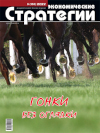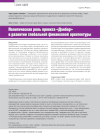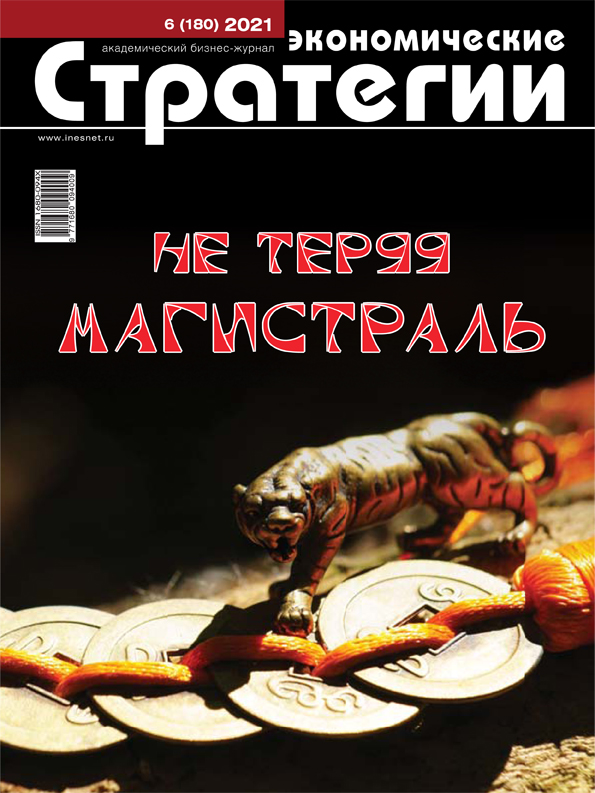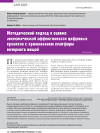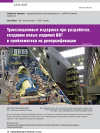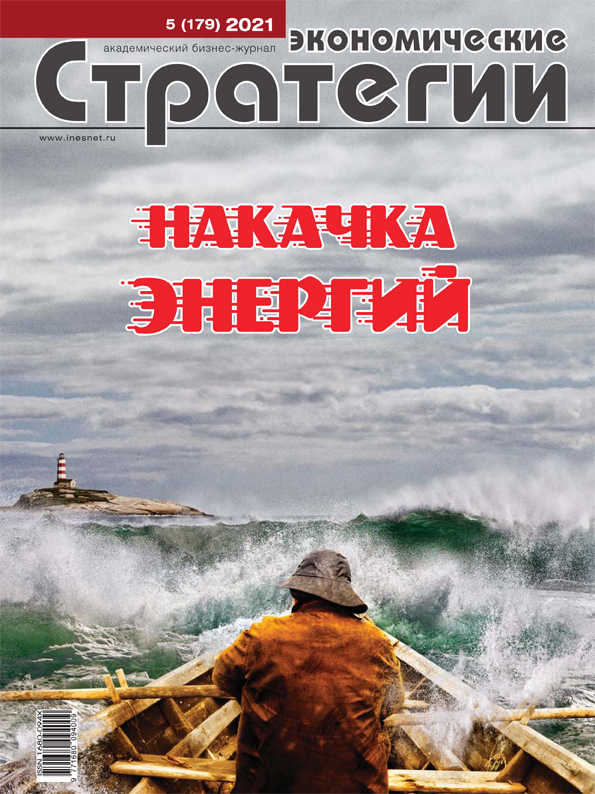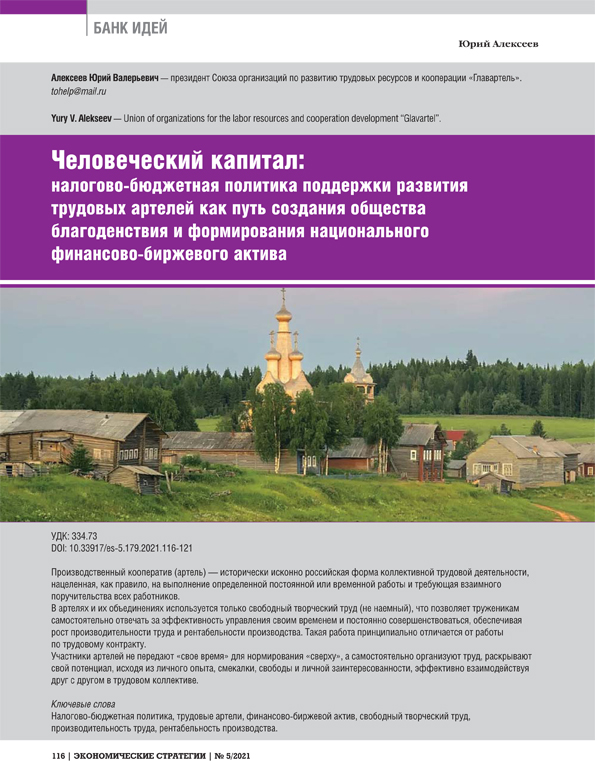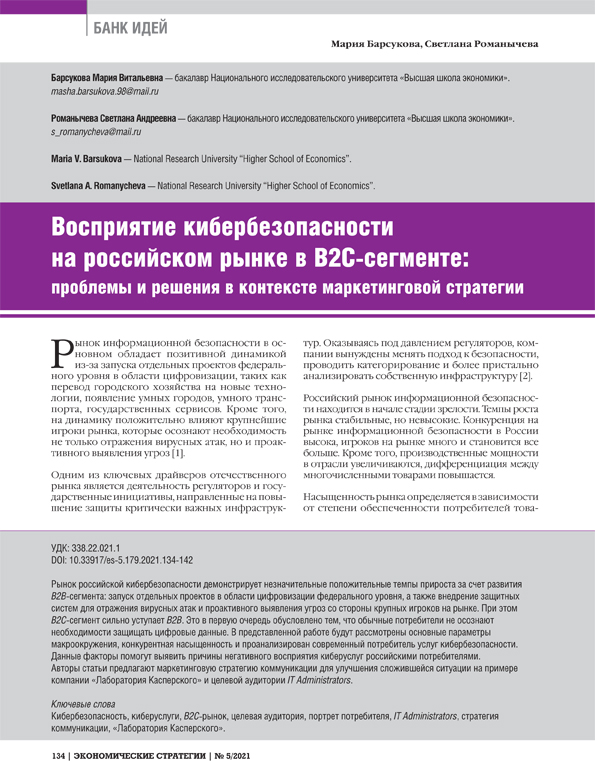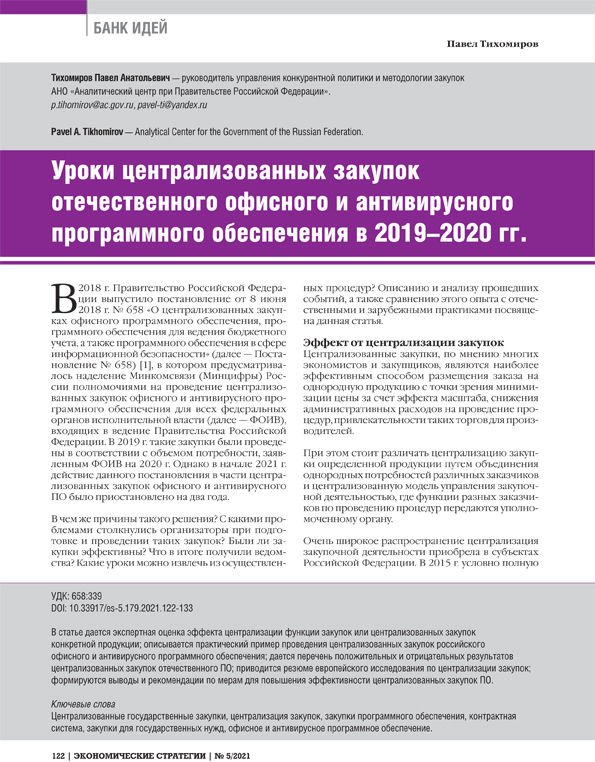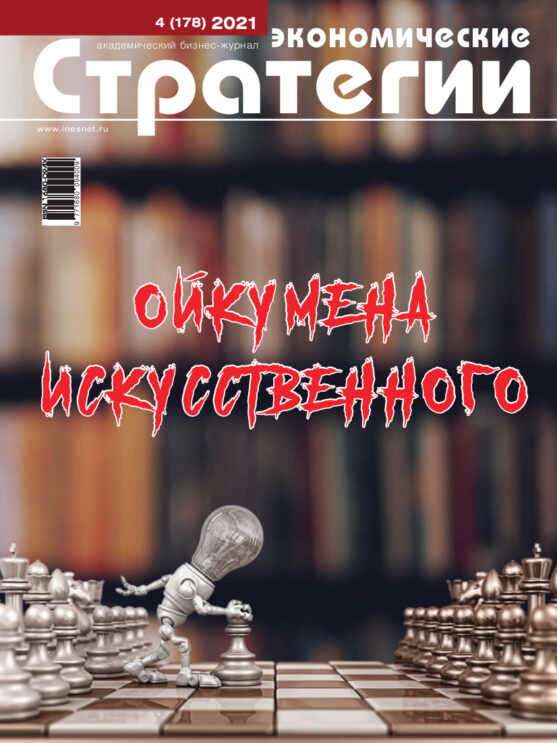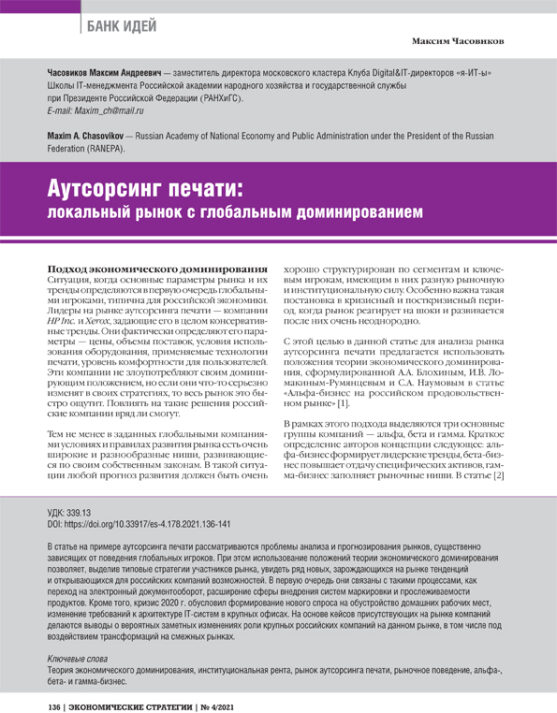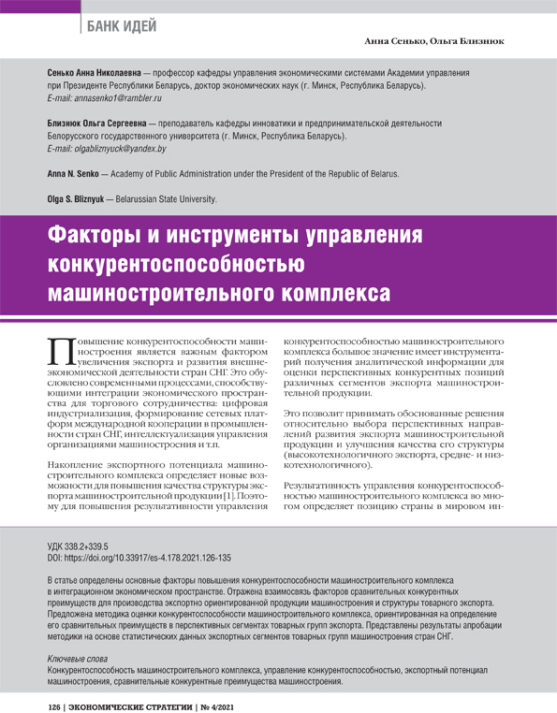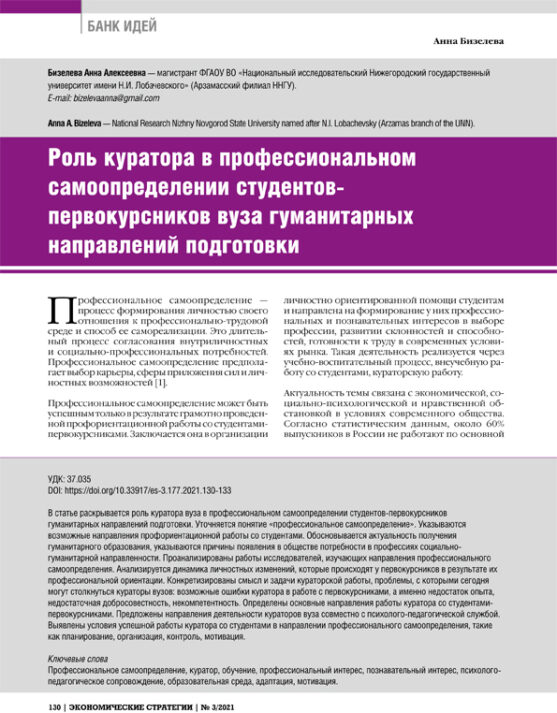Political Role of the Dunbar Project in Developing the Global Financial Architecture
DOI: https://doi.org/10.33917/es-3.183.2022.164-167
Digitalization is one of the main transformation processes of the modern system of global interactions, changing the nature of social links not only at the technical and economic, but also at the political level. Herewith, technological innovations also become instruments of political influence. The present article analyzes the management structure of one of the leading participants in the global financial market — the Bank for International Settlements (hereinafter — BIS) and highlights the important place the BIS occupies in the global financial architecture on the example of the Dunbar project, being developed in its innovation hub. In digital age the BIS has assumed a new leading role in exploring, developing and testing digital innovations in the central banking sector. It is noted that potential to use the BIS for political purposes is great, given that the Dunbar project will have far-reaching consequences for the structure of modern international relations.
Источники:
1. Biały B. Social media: from social exchange to battlefield. The Cyber Defense Review, 2017, vol. 2, N 2, p. 75.
2. Farakh A.S. Rol’ Banka mezhdunarodnykh raschetov v protsesse evropeiskoi integratsii. Vestnik Moskovskogo universiteta, 2020, no 4, pp. 75–84.
3. Promoting Global Monetary and Financial Stability. The Bank for International Settlements after Bretton Woods, 1973–2020. Edited by Claudio Borio, Stijn Claessens, Piet Clement, Robert N. McCauley, Hyun Song Shin. NY.: Cambridge University Press, 2020, p. 60.
4. Statutes of the Bank for International Settlements (of 20 January 1930; text as amended on 7 November 2016). Bank for International Settlements, 2016, 29 p., available at: https://www.bis.org/about/statutes-en.pdf.
5. Central bank digital currencies: The next disruptor. Deloitte Development LLC, 2021, September, 4, available at: https://www2.deloitte.com/content/dam/Deloitte/global/Documents/Financial-Services/gx-fsi-central-bank-digital-currencies.pdf.
6. Annual Economic Report 2021. Bank for International Settlements, 2021, 95 p., available at: https://www.bis.org/publ/arpdf/ar2021e.pdf.
7. Lyons N.S. Just say no to CBDCs: A central bank digital currency would enable a totalitarian nightmare. The Upheaval, 2022, March, 11, available at: https://theupheaval.substack.com/p/just-say-no-to-cbdcs?s=r.
8. Enhancing cross-border payments: Stage 3 roadmap. Financial Stability Board, 2020, p. 6, available at: https://www.fsb.org/wp-content/uploads/P131020-1.pdf.
9. Project Dunbar: International settlements using multi-CBDCs. Bank for International Settlements, 2022, p. 8, available at: https://www.bis.org/publ/othp47.pdf.
10. Farrell H., Newman A.L. Weaponized interdependence: How global economic networks shape state coercion. International Security, 2019, vol. 44, N 1, p. 45.


